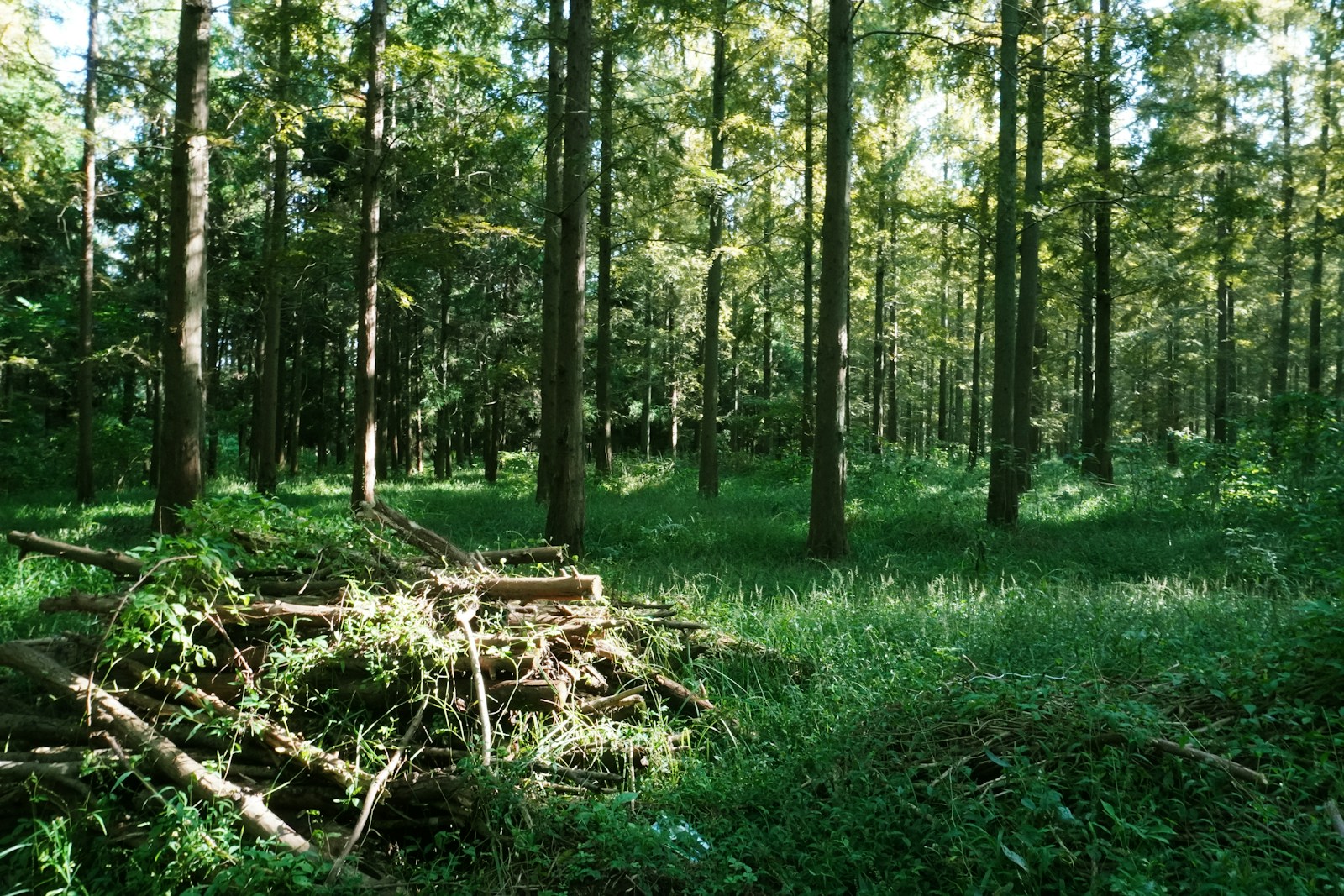Key Takeaways
– Fire season now begins at least one month earlier across California
– Northern mountains see fire season shift by two and a half months
– Climate change drives earlier snowmelt and fuels dry out faster
– Warmer temperatures and drier air make forests more flammable
– Longer fire seasons mean higher risk for homes and wild areas
Introduction
Wildfires now ignite earlier in California than ever before. Over the last thirty years, fire season has crept forward on the calendar. As a result, communities face a growing threat. In addition, firefighters prepare sooner and work longer. This change poses new challenges for everyone in the state.
Changing Fire Seasons
First, wildfire seasons used to peak in midsummer. Now fires start as early as late spring. In most regions, the season begins about one month earlier than in the 1990s. Moreover, northern mountain areas have seen the sharpest shift. There, fires can now start two and a half months before the old start date. This shift marks a big change for a region once protected by late melting snow.
To track this trend, scientists examined hundreds of thousands of fire records from 1992 to 2020. Next, they compared fire onset dates with weather and vegetation data. They found that warmer temperatures and drier fuels drove the trend. In fact, they estimate human-driven climate change moved the season earlier by six to forty six days in most areas.
What’s Causing the Earlier Start?
Climate factors play the biggest role in shifting fire season timing. Fuel dryness, or aridity, proved most important. In contrast, the amount of grass and trees ready to burn mattered less for the timing shift. Likewise, more human-caused ignition sources, like power lines, did not drive this early start. Instead, hotter and drier conditions made fuels ignite sooner.
Specifically, higher air temperatures and higher vapor pressure deficits made forests and grasslands flammable earlier. The vapor pressure deficit measures how much moisture the air can pull from plants and soil. Therefore, a higher value means drier fuels. Gradual warming over decades systematically advanced fire seasons across the state.
Mountain Impacts
In the northern mountains, winter snowpack once kept forests wet into the summer. However, climate warming caused snow to melt earlier each year. Consequently, vegetation dries out sooner and fires can spread. As a result, fire season now peaks weeks or even months earlier in these regions.
For example, a mountain area that saw snow linger into June in the 1990s might now go snow free by April. That change leaves more time for fuels to dry. In fact, studies show that snowpack in these mountains is highly sensitive to temperature rises. As a result, small increases in average winter warmth lead to big drops in snow cover.
In contrast, in desert and low elevation zones, precipitation changes matter more than temperature shifts. Yet these areas show more year to year rainfall swings. Therefore, scientists find it harder to spot a clear climate change signal in desert fire timing. However, they expect that long term shifts in rainfall could soon play a larger role there too.
Longer Fire Seasons Mean More Risk
As fire seasons expand, the total window for wildfires grows each year. That longer period raises the odds of large and destructive fires. In addition, more homes and businesses now sit near wildlands. Therefore, early season fires threaten people and property earlier in the year.
Fire crews often prepare for a set season with fixed resources. But when fires arrive early, teams must adjust quickly. They may need extra staff, gear, and airtankers sooner. Moreover, communities must improve early warning systems and evacuation plans. In some cases, schools and hospitals may need to revise their schedules to avoid peak smoke days.
Broader Implications for North America
California usually leads the nation in wildfire counts and damage costs. However, these findings offer insight for other fire prone regions. States like Oregon, Washington, and Colorado may face similar early shifts soon. Likewise, parts of Mexico and Canada could see longer seasons.
In fact, some western states already record earlier lightning seasons in high country. Those storms can spark remote fires that grow quickly. When paired with earlier drying trends, they could fuel a major change in the nation’s wildfire pattern. Therefore, land managers and fire agencies nationwide should watch California’s trends closely.
Preparing for the Future
To meet the challenge, officials must adapt in several ways. First, they can update seasonal forecasts to include the new early start dates. Second, they can expand fuel reduction efforts, like controlled burns and brush clearing, earlier in the year. Third, they can boost community education on fire safe landscaping and home hardening.
Moreover, utility companies need to modernize power lines and cut down outage risks. Since many fires start from electrical equipment, better technology can help prevent sparks in dry conditions. In addition, local governments should fund more firefighter training and increase volunteer recruitment. That approach will help agencies stay ready for long fire seasons.
Furthermore, scientists will continue to refine their models to predict fire timing. They plan to include factors like soil moisture and forest composition. As a result, land managers can target high risk areas before flames ignite. In turn, communities can reduce overall fire severity and loss.
Conclusion
Overall, California’s wildfire season now kicks off much earlier than in past decades. Human driven climate change, leading to warmer and drier conditions, fuels this shift. As a result, the state faces longer fire seasons and higher risk for people and nature. In addition, other regions may soon share similar challenges. However, by updating forecasts, improving fuel management, and investing in fire response, communities can adapt to this new reality. In the end, timely action will help protect lives, homes, and vast wildlands from an ever growing threat.

